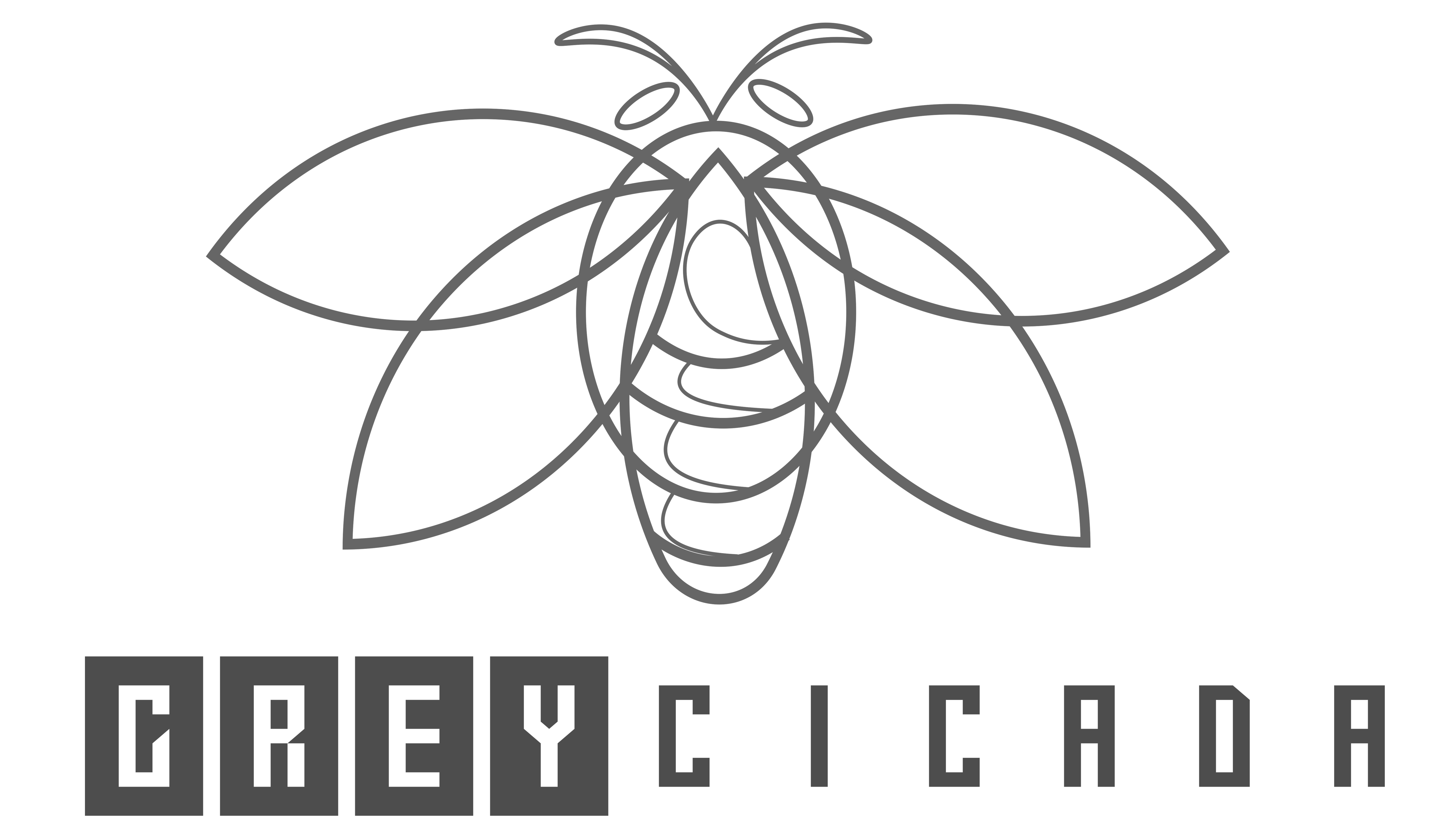FREE SHIPPING OVER $50
The Hidden Amino Acid Secret: Cutting This One Could Unblock Stubborn Weight Loss (Experts Surprised!)
Have you been meticulously counting calories, hitting the gym, and trying every weight loss trick in the book, only to hit a frustrating plateau? It feels like you’re doing everything right, but that stubborn fat just won’t budge. If you’ve experienced the disheartening struggle of stubborn weight loss, you’re not alone. It’s a common battle, and it often leaves people feeling discouraged and ready to give up.
But what if the key to finally unblocking stubborn weight loss wasn’t another grueling workout, or a drastic diet overhaul, but a surprising, hidden amino acid secret? What if by simply cutting this one specific amino acid from your diet, you could trigger a significant shift in your body’s ability to burn fat? Get ready to dive into the fascinating science behind this amino acid and discover how strategically adjusting its presence in your diet might just be the game-changer you’ve been searching for

Beyond Calories: Why Amino Acids Matter for Weight Loss
When we talk about weight loss, our minds usually jump straight to calories in, calories out. And while that equation is fundamental, it’s an oversimplification. Our bodies are complex, and the specific nutrients we consume (or don’t consume) can profoundly influence our metabolism, hormone balance, and fat-burning capabilities. This is where the discussion of amino acids comes in.
Amino acids are the building blocks of protein. There are 20 common amino acids, some of which our bodies produce (non-essential), and some we must get from food (essential). Each plays a vital role in everything from muscle repair and enzyme production to neurotransmitter synthesis. But recent research is peeling back layers, showing that the balance and amounts of specific amino acids can have unique effects on our bodies, including our weight.
This is where the hidden amino acid secret of cysteine comes into play. It’s an interesting paradox: cysteine is important for many bodily functions, but studies suggest that too much of it, or perhaps its interaction with other factors, could hinder fat loss in certain scenarios.
The Cysteine Connection: How “Cutting This One” Could Unblock Stubborn Weight Loss
Cysteine is a sulfur-containing, non-essential amino acid. This means your body can make it, but you also get it from protein-rich foods. It’s famous for being a precursor to glutathione, a powerful antioxidant, and it’s involved in building proteins, detoxifying the body, and even forming hair and nails. Seems pretty good, right?
Here’s where the “experts were surprised!”
Recent studies, particularly in the realm of metabolic research and longevity science, have highlighted that diets naturally lower in certain sulfur-containing amino acids – specifically methionine and cysteine – have been linked to improved metabolic health, increased fat burning, and even extended lifespan in animal models.
Why Cysteine Might Be Your Weight Loss Roadblock
- Impact on Metabolism and Energy Expenditure: Some theories suggest that a reduction in these sulfur amino acids might slightly alter metabolic pathways, potentially favoring energy expenditure (calorie burning) over energy storage (fat accumulation).
- Mitochondrial Function: Research is exploring how these amino acids might influence mitochondrial health. Mitochondria are the “powerhouses” of your cells, responsible for burning fat for energy. Optimizing their function is key for fat loss.
- Inflammation and Oxidative Stress: While cysteine is involved in antioxidant production, an excess of sulfur amino acids in the diet can sometimes lead to increased oxidative stress and inflammation, which are known to hinder weight loss and contribute to metabolic dysfunction.
- Insulin Sensitivity: Preliminary findings suggest that lower intake of sulfur amino acids might improve insulin sensitivity, meaning your body uses glucose more efficiently and is less likely to store it as fat.
It’s important to stress that this is an evolving area of research, and most studies are in animal models or human pilot studies. However, the consistent findings have truly surprised experts and opened up new avenues for understanding weight loss beyond just calories.
How to Strategically Adjust Cysteine Intake
So, if cutting this one amino acid, cysteine, could potentially unblock stubborn weight loss, how do you actually do it? This isn’t about completely eliminating protein from your diet, which would be unhealthy and unsustainable. It’s about being more mindful of your protein sources and making strategic swaps.
Foods High in Cysteine (and often Methionine):
- Eggs: Especially egg whites.
- Poultry: Chicken breast, turkey.
- Red Meat: Beef, pork, lamb.
- Dairy: Milk, cheese, yogurt.
- Whey Protein Powder: A very concentrated source.
- Soy Protein Isolate: Also a concentrated source.
- Some Nuts & Seeds: Brazil nuts are particularly high in methionine.
Foods Lower in Cysteine (and Methionine):
The strategy here is to favor protein sources that are naturally lower in these sulfur-containing amino acids, while still ensuring you get adequate overall protein for muscle maintenance and satiety.
- Most Fruits and Vegetables: Naturally very low in all amino acids compared to protein sources, but contribute to fiber and overall nutrition.
- Rice Protein: Plant-based protein powders vary, but rice protein is typically lower in sulfur amino acids than whey or soy.
- Potatoes: A surprising source of complete protein that is low in sulfur amino acids.
- Gelatin/Collagen: These are unique protein sources that are very low in sulfur amino acids. While not a complete protein themselves, they can complement a diet by adding protein without adding much cysteine/methionine.
- Certain Legumes: While some legumes contain sulfur amino acids, their overall profile can contribute to a lower-sulfur protein intake when balanced with other foods.
Implementing the “Hidden Amino Acid Secret”:
- Increase Plant-Based Protein Variety: Focus on a wider range of plant-based proteins like lentils, beans, chickpeas, quinoa, and various nuts and seeds (in moderation). While some contain cysteine, a diverse intake can help balance the overall amino acid profile.
- Incorporate Rice Protein: If you use protein powders, consider swapping your whey or soy protein for rice protein.
- Embrace Potatoes: Don’t fear potatoes! As mentioned, they offer a good protein profile with lower sulfur amino acids.
- Explore Collagen/Gelatin: Consider adding collagen peptides to your smoothies or drinks. They provide protein but are very low in cysteine and methionine.
- Moderate High-Cysteine Animal Proteins: You don’t necessarily have to eliminate chicken or eggs entirely, but reducing their frequency or portion sizes, and balancing them with other protein sources, could be part of the strategy. For example, instead of chicken for every meal, rotate in more fish (which has healthy fats but often lower sulfur amino acids than red meat/poultry, depending on the type), or lower-sulfur plant proteins.
Important Considerations:
- Adequate Protein Intake: The goal is not to go low-protein, but to adjust the type of protein to be lower in sulfur amino acids like cysteine. Your body still needs sufficient protein for muscle maintenance and overall health, especially during weight loss.
- Balance and Variety: A truly effective weight loss and nutrition strategy always emphasizes a balanced and varied diet. This isn’t a license to eat unhealthy foods, but a refinement of your protein choices.
- Consult a Professional: Before making significant dietary changes, especially if you have underlying health conditions or are on medication,1 always consult with a doctor or a registered dietitian. They can provide personalized advice and ensure your diet remains nutritionally complete.
- This is Research in Progress: While exciting, remember this is a relatively new area of focus. It offers a promising avenue for those struggling with stubborn weight loss, but it complements, rather than replaces, fundamental nutrition principles like calorie awareness and regular exercise.
Conclusion
The idea that simply adjusting one hidden amino acid secret like cysteine could unblock stubborn weight loss is truly fascinating, and it’s why experts were surprised! It offers a nuanced perspective beyond traditional calorie counting, hinting at a deeper understanding of how our bodies regulate metabolism and fat storage.
By strategically incorporating foods lower in cysteine and methionine, while maintaining adequate overall protein, you might just find that missing piece of the puzzle for your weight loss journey. This is not about deprivation, but about intelligent, science-backed nutrition that could finally help you achieve the results you’ve been working so hard for.
Related Articles
- Bloat & Fatigue BE GONE! This “Instant Reset” Detox Drink Flattens Your Belly & Boosts Energy FAST
- Unlock Your Leanest Body: 10 Best High-Protein Fish Nutritionists SWAP for Chicken (Game-Changing Meals!)
- Body-Positive Fitness: The Gentle At-Home Workouts for Plus-Size Bodies (Feel Great, No Pressure!)
- Your Body, Your Rules: Simple Strength Training for Plus-Size Beginners (Build Muscle, Boost Metabolism & Thrive!)







